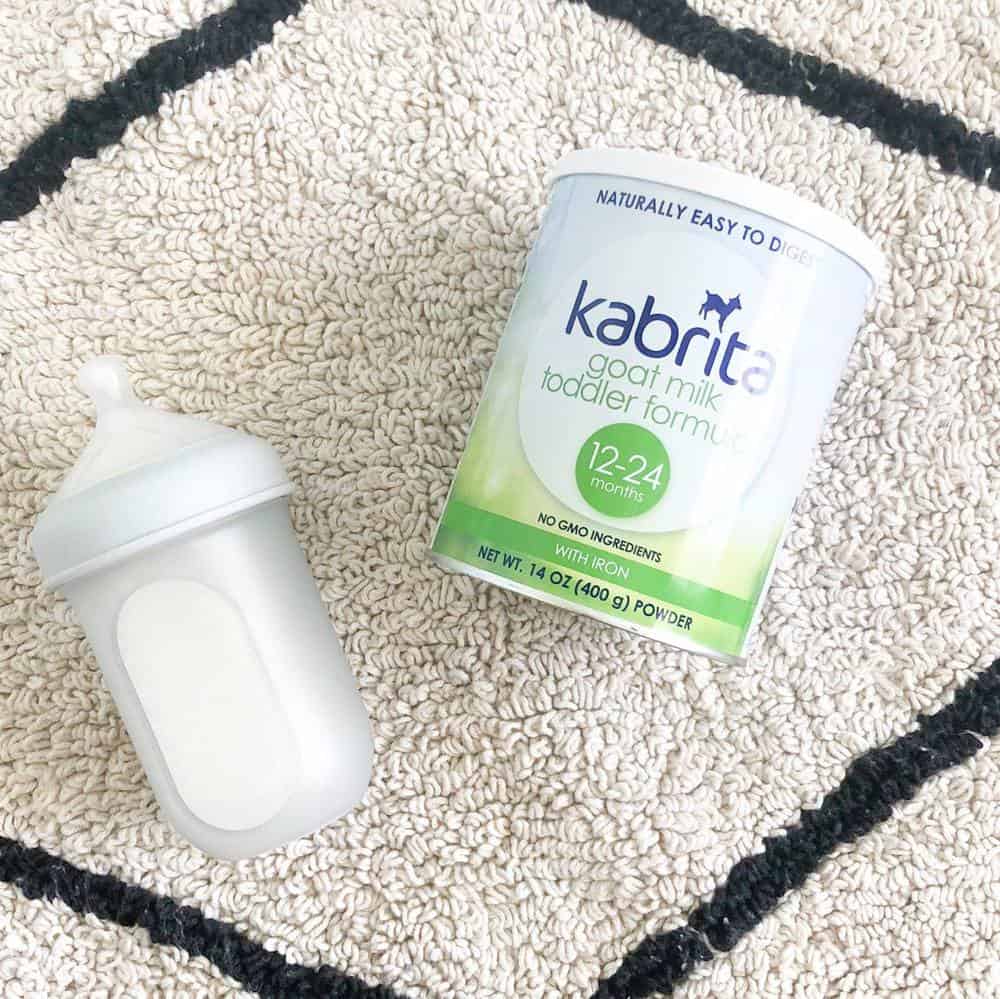
For some time now, the country has joined the trend of other countries seeking alternatives to cow’s milk and using different types of milk such as rice, oat, soy, or goat’s milk. This last one supposes a return to the natural and the rural thing. Indeed many of our parents and grandparents grew up with goat’s milk as part of their main diet. Yes, it sounds a little crazy but gives it a try and keep reading; you won’t regret it.
Goat’s milk production has resurfaced thanks to the appearance of new products on the market that seek a healthier and more balanced nutritional composition. Products such as yogurts, cheeses, or baby goat milk formula are increasingly used in our diet.
The interest of medical professionals and parents in this type of product has been increasing. There are many brands on the market made from whole goat’s milk, which has become a reference for pediatricians and parents looking for products that provide the nutritional benefits of goat’s milk.
But, what differences does goat milk formula bring?
The properties and benefits of goat milk have been demonstrated in numerous clinical studies.
It is more digestive. Goat milk proteins are more easily digested than the proteins in other milk, such as cow’s milk. This is because goat’s milk allows digestive enzymes to break it down better, helping digestion.
It helps relieve mild constipation. The natural fatty acids present in goat’s milk facilitate better absorption, allowing fewer hard stools and more comfortable to pass.
It has a lower allergenic load than cow’s milk. Goat milk formula contains less Alpha S1 Casein, one of the main allergens causing APLV (Cow’s Milk Protein Allergy). This does not mean, in any case, that babies who suffer from APLV can ingest baby formula made from goat, as it also contains Alpha S1 Casein.
It is secreted by a process more similar to breast milk than cow’s milk. Unlike cow’s milk, goat’s milk is secreted by a process identical to breast milk called “apocrine” secretion, which provides more cellular components, such as nucleotides and free amino acids.
Also, goat’s milk contains predominant micronutrients that improve its nutritional value compared to cow’s milk, such as vitamins A, B2, B3, and D, and minerals such as phosphorus, magnesium, and potassium. Vitamin A, for example, is essential for vision and immune development. Goat’s milk is also rich in calcium, which is better absorbed in combination with vitamin D, both of which are essential for developing and maintaining bones and teeth.
Goat’s milk production has been revived thanks to the appearance of new products on the European market that seek a healthier and more balanced nutritional composition. Products such as yogurts, cheeses, or baby formulas based on goat’s milk are increasingly used in our diet.
Although the safety and nutritional adequacy of goat’s milk infant formulas have been widely questioned, it can now be stated without hesitation that the milk currently on the market is a valid option for baby feeding.
However, the decision to use adapted infant formulas made from cow’s milk or goat’s milk is exclusively a family decision. There is no significant scientific evidence that one is more beneficial than the other.




More Stories
Dated Kitchen Features That Homebuyers Notice
Shake the fridge Shakshuka using up leftovers
Italian Meatloaf – Once Upon a Chef